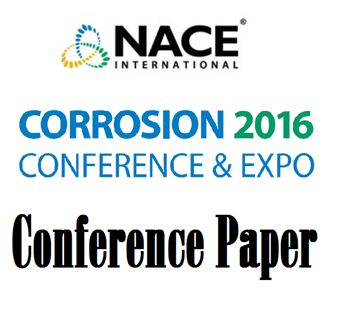Search
51316-7332-Bioinspired “Green” Scale Inhibitors For Mitigation of Silica Scales
Also Purchased
51316-7018-Pmoa - A New Corrosion Inhibitor For Cooling Systems Based On Natural Organic Acid
Product Number:
51316-7018-SG
ISBN:
7018 2016 CP
Publication Date:
2016
$20.00
02288 EVALUATION OF INHIBITOR PERFORMANCE FOR PROTECTION AGAINST LOCALIZED CORROSION
Product Number:
51300-02288-SG
ISBN:
02288 2002 CP
Publication Date:
2002
$20.00
02276 WHY CORROSION INHIBITORS DO NOT PERFORM WELL IN SOME MULTIPHASE CONDITIONS: A MECHANISTIC STUDY
Product Number:
51300-02276-SG
ISBN:
02276 2002 CP
Publication Date:
2002
$20.00




